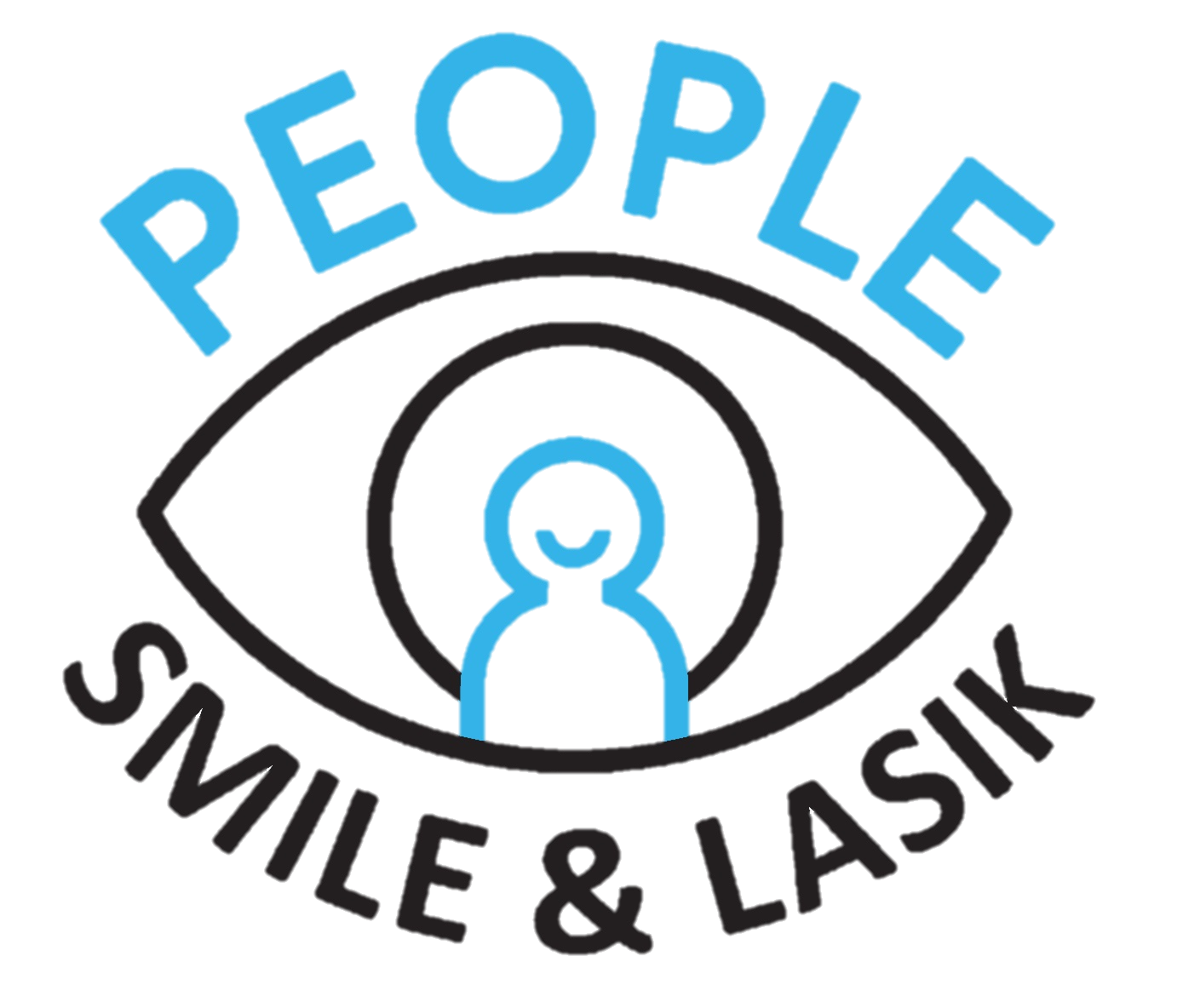Refractive eye surgery is any procedure that uses technique and refractive technology to correct a patient’s visual error. Refractive eye surgery is a term used to describe corneal laser vision correction and/or a manual adjustment made to the eye’s natural lens resulting in better visual function.
Most commonly referred to as LASIK, laser vision correction uses a precise computer-operated laser to gently reshape the cornea, allowing light rays to better focus. By reshaping the cornea and manipulating the focus on the retina, the need for corrective lenses is reduced.
Refractive surgery, though, is not limited by the choice of LASIK for patients who desire more options. There are numerous laser vision correction options available, including the SMILE procedure that is less invasive and the most innovative choice in laser vision technology.
Alternatively, Clear Lens Exchange procedures and Implantable Contact Lens surgeries are refractive options also available for patients who may not be good candidates for traditional laser vision correction.
Refractive surgery and laser vision correction is used to treat nearsightedness, farsightedness, and astigmatism.
Understanding Vision
In order to understand how refractive surgery and laser vision correction improves vision, it is beneficial to understand how the eye focuses light and how refractive errors are determined. For the eye to focus light, it relies on two major focusing features: the cornea and the lens. The cornea is a thin transparent layer of the eye located on the outside of the pupil and iris. The lens is an oval-shaped transparent tissue located inside the eye behind the pupil and iris.
In an eye with ideal vision, light rays meet while passing through the cornea and the lens and then perfectly focus on the retina. The cornea and the lens work with each other to direct the light rays onto the retina, which results in excellent vision.
The eye is considered to have a refractive error if the light rays do not focus directly on the retina. The three most common refractive errors are nearsightedness, farsightedness, and astigmatism.
Nearsightedness, otherwise known as myopia, is the ability to see near objects more clearly than distant objects. Nearsighted vision occurs when the cornea is steeper or the eye is longer than normal. As a result, light rays meet and focus in front of the retina.
Farsightedness, otherwise known as hyperopia, farsightedness is the ability to see distant objects more clearly than near objects. Farsighted vision occurs when the cornea is flatter or the eye is shorter than normal. As a result, light rays do not have enough space to meet and focus on the retina.
Astigmatism is the inability to focus clearly on an object at any distance. An astigmatism occurs when the cornea is irregularly shaped, causing distorted vision. As a consequence, light rays meet and focus at various locations within the astigmatic eye. Astigmatism is often associated with nearsightedness or farsightedness.
Before deciding what is the right solution for your visual needs, different options will be discussed during the initial refractive consultation.
Find out what laser vision correction option is right for you.

